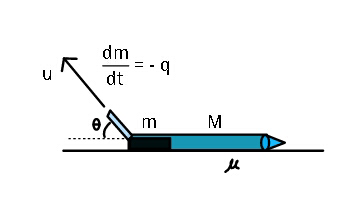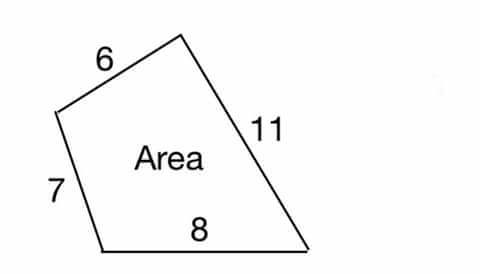
AllQuestion and Answers: Page 1656
Question Number 43179 Answers: 1 Comments: 0
Question Number 43187 Answers: 2 Comments: 1

Question Number 43159 Answers: 1 Comments: 0

Question Number 43158 Answers: 2 Comments: 1
Question Number 43157 Answers: 1 Comments: 2
Question Number 43156 Answers: 1 Comments: 0
Question Number 43170 Answers: 1 Comments: 3
Question Number 43147 Answers: 0 Comments: 2
Question Number 43145 Answers: 1 Comments: 4
Question Number 43135 Answers: 1 Comments: 4
Question Number 43131 Answers: 2 Comments: 1

Question Number 43125 Answers: 1 Comments: 1

Question Number 43100 Answers: 1 Comments: 2
Question Number 43080 Answers: 0 Comments: 4

Question Number 43072 Answers: 1 Comments: 0

Question Number 43064 Answers: 0 Comments: 8

Question Number 43058 Answers: 0 Comments: 1
Question Number 43057 Answers: 0 Comments: 1
Question Number 43092 Answers: 0 Comments: 5

Question Number 43128 Answers: 1 Comments: 5

Question Number 43036 Answers: 1 Comments: 1

Question Number 43031 Answers: 2 Comments: 2

Question Number 43027 Answers: 2 Comments: 1

Question Number 43023 Answers: 1 Comments: 1

Question Number 43011 Answers: 0 Comments: 2

Question Number 43008 Answers: 1 Comments: 0
$$\left({y}'\right)^{\mathrm{2}} =−\mathrm{1}+\mathrm{sin}\:{x} \\ $$$${y}=? \\ $$
Pg 1651 Pg 1652 Pg 1653 Pg 1654 Pg 1655 Pg 1656 Pg 1657 Pg 1658 Pg 1659 Pg 1660
